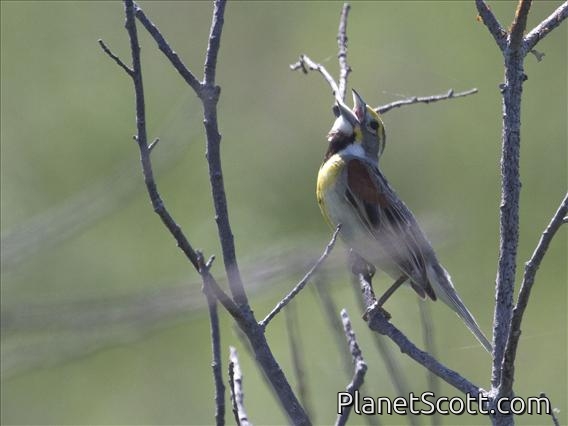Dickcissel (Spiza americana)

Dickcissel (Spiza americana)
×


Dickcissel (Spiza americana)
About Dickcissel (Spiza americana)
- Kingdom: Animals
- Phylum: Chordates
- Class: Birds
- Order: Perching Birds
- Family: Cardinals and Allies
The dickcissel is a small seed-eating migratory bird in the family Cardinalidae. It breeds on the prairie grasslands of the Midwestern United States and winters in Central America, northern Colombia, and northern Venezuela. It is the only member of the genus Spiza, though some sources list another supposedly extinct species.
Source: Wikipedia
Lifelists
Trips
Visits
-
2012-07-09
Sax-Zim Bog, United States of America -
2012-07-10
170th St , United States of America -
2012-07-10
Arrowwood NWR, United States of America -
2013-04-20
Attwater Prairie Chicken National Wildlife Refuge, United States of America



